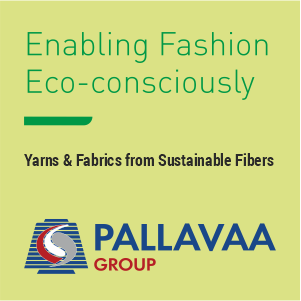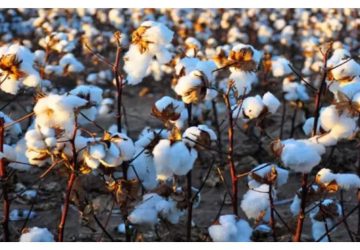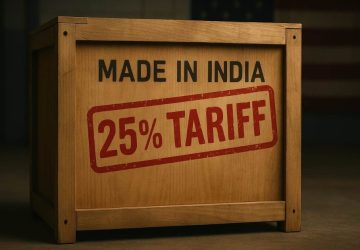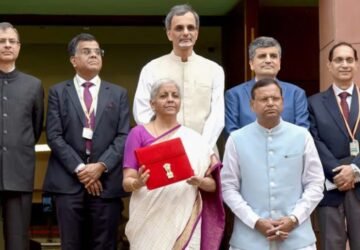 India is the second-largest manufacturer and exporter in the world, after China. The share of textile and clothing in India’s total exports stands at12 percent (2018-19). India has a share of 5 percent of the global trade in textiles and apparel. The textile industry contributes to 7 percent of industrial output in value terms, 2 percent of India’s GDP and to 12 percent of the country’s export earnings. The textile industry is one of the largest sources of employment generation in the country with over 4.5 cr people employed directly, and another 6 cr people in allied sectors, including a large number of women and a rural population.
India is the second-largest manufacturer and exporter in the world, after China. The share of textile and clothing in India’s total exports stands at12 percent (2018-19). India has a share of 5 percent of the global trade in textiles and apparel. The textile industry contributes to 7 percent of industrial output in value terms, 2 percent of India’s GDP and to 12 percent of the country’s export earnings. The textile industry is one of the largest sources of employment generation in the country with over 4.5 cr people employed directly, and another 6 cr people in allied sectors, including a large number of women and a rural population.
On February 1, Honorable Nirmala Sitharaman, Union Finance Minister of India announced the Indian budget for the financial year 2021-22. The Textile industry welcomed the Budget, which has introduced several measures to provide an impetus to growth.
The grant to the textiles and clothing sector in Union Budget 2021-22 is`3,614.64 cr, about 10 percent higher than the revised Budget amount of 3,300 cr in 2020-21. The Budget also puts emphasis on infrastructure development and research & capacity building as the grant for these sectors has been increased by about 43.7 percent and 77.5 percent, respectively, compared to last year.
This year’s Budget allocates `700 cr for Amended Technology UpgradationScheme (ATUFs) against `545 cr in the last one, which will help clear the pending capital subsidy. It earmarks `30 cr for Export Promotion Studiesagainst `5 cr in the last Budget and `100 cr for Integrated Scheme for Skill Development.
The reduction in customs duty on caprolactam, nylon chips and nylon fibre and yarn to 5 percent is a step in the right direction, as it will bring nylon chain on a par with polyester and other man-made fibres. Duty on raw silk and silk yarns will be increased from 10 to 15 percent.
The Production Linked Incentive (PLI) scheme for man-made fibres and technical textiles with a total outlay of `10,683 cr will help the textile industry become globally competitive and attract large investments.
As a move to support farmers, Government will impose a 10 percent custom duty on cotton imports, which has been nil at present. While the budget has received positive feedback from the textile sector, spinning sector is feeling the pinch due to the duty on imported cotton.
The budget supports boosting the textile sector and enhancing its global competitiveness with investments for Mega Investment Textile Parks. Seven textile parks will be established within three years.
I am sure with the active support and cooperation of the government, the textile industry will become globally competitive to attract large investments and boost exports in coming years.
 India is the second-largest manufacturer and exporter in the world, after China. The share of textile and clothing in India’s total exports stands at12 percent (2018-19). India has a share of 5 percent of the global trade in textiles and apparel. The textile industry contributes to 7 percent of industrial output in value terms, 2 percent of India’s GDP and to 12 percent of the country’s export earnings. The textile industry is one of the largest sources of employment generation in the country with over 4.5 cr people employed directly, and another 6 cr people in allied sectors, including a large number of women and a rural population.
India is the second-largest manufacturer and exporter in the world, after China. The share of textile and clothing in India’s total exports stands at12 percent (2018-19). India has a share of 5 percent of the global trade in textiles and apparel. The textile industry contributes to 7 percent of industrial output in value terms, 2 percent of India’s GDP and to 12 percent of the country’s export earnings. The textile industry is one of the largest sources of employment generation in the country with over 4.5 cr people employed directly, and another 6 cr people in allied sectors, including a large number of women and a rural population.




















